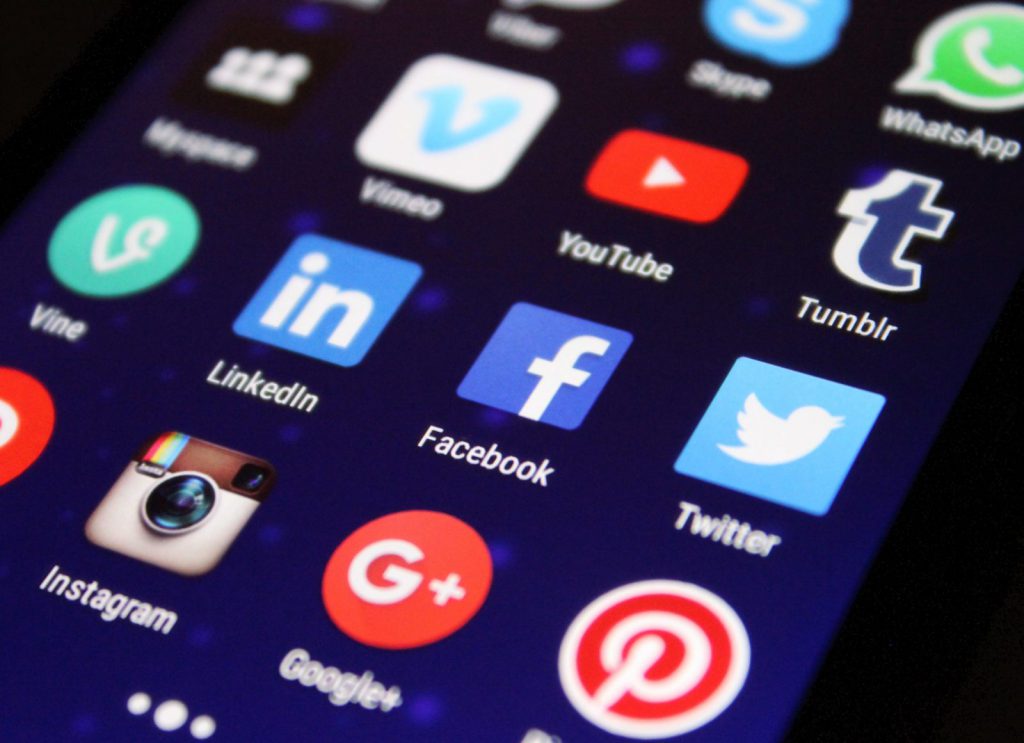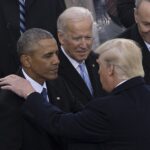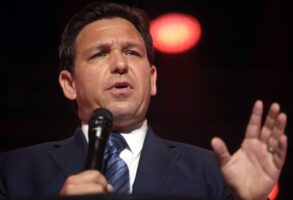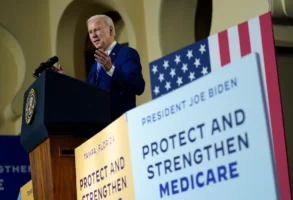
Published February 19, 2018
Despite what you might hear, both President Trump and the Republicans are doing better in national polls. One recent survey even showed Republicans ahead in the generic Congressional ballot by a point, the first time the GOP has led in any generic ballot poll since November 2016. What’s driving the change?
Some of the improvement is surely due to the Republican-backed tax bill. Polls show increasing public approval for the measure, especially among Republicans and Trump-backing independents. Public Policy Polling has found that opinions on the tax bill are now essentially split—39 percent approve, 41 disapprove—compared with a 49–29 negative view in mid-December.
But I suspect something else is happening, too, that has gone virtually unnoticed. Trump has mostly stopped his provocative tweets. The president is still tweeting, to be sure, as his weekend tirades against the Mueller investigation and Oprah Winfrey demonstrate. And many of his tweets attack his opponents, especially news-media outlets. Nevertheless, a thorough review of Trump’s tweets during the period of his rise in approval shows a nearly complete absence of the vitriolic and personal attacks that frequently dominated 2017 news cycles.
Trump’s—and the GOP’s—polling nadir occurred in mid-December. In the RealClearPolitics polling average, Republican fortunes hit their bottom on December 19, when Democrats led by 13 points on the generic ballot. Trump’s low point came on December 12, when only 37 percent of Americans approved of his performance, compared with 57.1 percent who disapproved. The polls included in the job-approval average were taken between December 3 and December 12, while those in the generic ballot average were taken between December 10 and December 19.
The politically observant will remember December 12: that was the date of the nationally contentious Alabama Senate special election, featuring alleged child molester Roy Moore. It’s probably not coincidental that both Trump and the GOP hit rock-bottom when nightly news focused on their support for Moore. Moore’s defeat, however, also coincided with a dramatic change in Trump’s tweeting patterns.
Since then, Trump’s tweets have avoided gratuitous personal attacks. Trump has not tweeted about alleged facelifts by media opponents; not picked on individuals like the father of the UCLA basketball players, whose release from China Trump had helped arrange; and not made bombastic statements about “fire and fury” directed at North Korea or other regimes. The last time Trump tweeted about NFL players and the national anthem was on January 4, and he did not mention a player or team. The most personal he has gotten is when he attacked “Sloppy Steve Bannon” in the aftermath of the release of Michael Wolff’s book Fire and Fury, in which his former chief strategist—hardly a beloved national figure—had been quoted attacking the president’s son.
Trump’s tweets have also been more focused on legislative debates than previously. While he still attacks “Crooked Hillary” on occasion, most of his tweets are either innocuous posts about official meetings or attempts to define the narrative in negotiations with Democrats over taxes, the government shutdown, or immigration. He still uses nicknames, like referring to Democratic leaders in the Senate as “Chucky” Schumer and “Dicky” Durbin, but by and large—”Little” Adam Schiff notwithstanding—the president stays away from vitriolic personal attacks.
His latest tweetstorms don’t stray too far from this new model. His contentions that his campaign did not collude with Russia are not new; nor are his current tweets vicious or personal. His criticism of Oprah avoided castigating her character or calling her names. It was more in the nature of sports trash talk—“you can’t dunk in my house, Oprah”—than character assassination.
One cannot know if this change has caused or contributed to his rise in the polls, but the rise is real—and unprecedented so far in his term. All presidents start their terms with higher than normal approval ratings, as a large portion of Americans are willing to give the new leader the benefit of the doubt. Since Trump’s inevitable decline from that starting point, his ratings rose consistently only twice during 2017—between August 15 and September 23, which coincided with three hurricanes that blasted the South and Puerto Rico and gave Trump the opportunity to be photographed helping victims; and between November 11 and December 2, which coincided with his trip to Asia, another period when most news was largely positive and traditionally presidential. Other than those two exceptions, Trump’s approval ratings have traveled a downward course throughout 2017—until the Moore defeat. Since then, his ratings have been generally on the upswing for more than two months.
The rally began after he signed the tax bill in mid-December, hitting a post-hurricane approval high of 40.1 percent in early January. His ratings then stayed roughly level until January 28, when they started to rise again. His current 41.8 percent approval is the highest it has been since he fired FBI director James Comey.
This is good news for the GOP, naturally. Generic ballot polls show that Republican support is highly correlated to Trump’s approval rating. Midterm elections typically turn on views of the party holding the White House, and large midterm losses are always tied to low approval ratings for the incumbent. Conversely, it’s possible for a president’s party to do well in the Senate even with middling approval ratings if the electoral map is favorable. Republicans, for example, gained a Senate seat in the 1982 midterms, even though President Ronald Reagan’s job approval was low. With a Senate map historically favorable to Republicans this year, Trump’s rise has rekindled hope that the GOP might knock off as many as five vulnerable Democratic incumbents.
Trump’s recent tweeting discipline is remarkable given his prior behavior. During the campaign, Trump often seemed to lash out at opponents just when his ratings were improving, but he appears to have made a course correction in reading the public mood and responding to criticism. Time will tell whether the public sees his weekend tweeting as a return to the old, mean Donald, but so far, throughout Trump’s short time in politics, changing the focus from his behavior to political issues has worked well for him. If the president’s restraint holds, and if voters don’t see his current tweets as a departure from that restraint, we might see his—and his party’s—fortunes continue to improve.
Henry Olsen is a senior fellow at the Ethics and Public Policy Center and is an editor at UnHerd.com. He is the author of The Working Class Republican: Ronald Reagan and the Return of Blue-Collar Conservatism.







